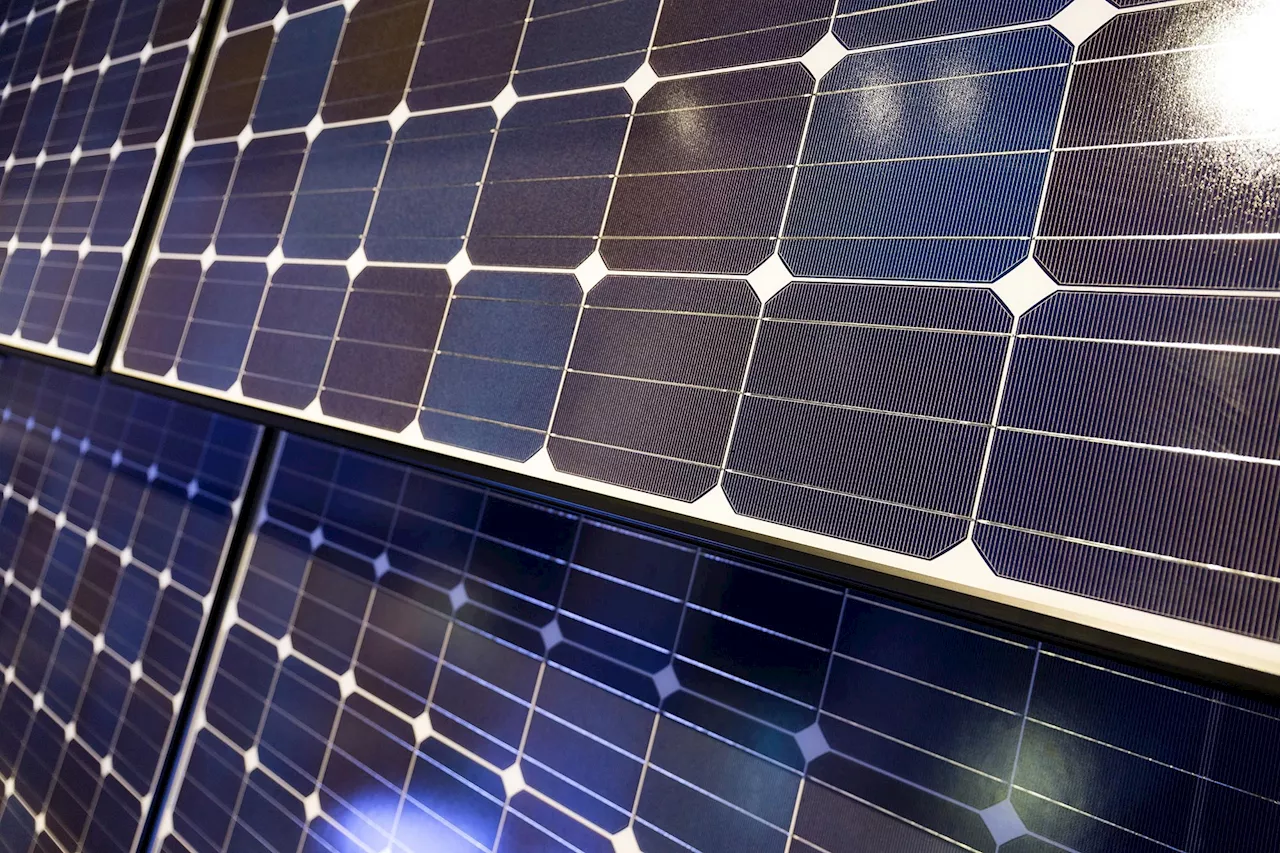Science, Space and Technology News 2024
Researchers have developed a way to use sound waves in optical neural networks, enhancing their ability to process data with high speed and energy efficiency.
Now an international research team led by Birgit Stiller at the Max-Planck Institute for the Science of Light, in collaboration with Dirk Englund from Massachusetts Institute of Technology, has found a way to build reconfigurable building blocks based on sound waves for photonic machine learning. For their experimental approach, the researchers use hair-thin optical fibers, already globally used for fast internet connections.
The first building block experimentally demonstrated by the team is a recurrent operator, a technology widely used in the field of recurrent neural networks. It allows the linking of a series of computational steps and therefore provides a context for each single calculation step performed.In human language, for example, the order of the words can determine the meaning of a sentence. For example, the two sentences “She decided to research the challenge.
In the future, using sound waves for optical neural networks could unlock a new class of optical neuromorphic computing which could be reconfigured spontaneously and would allow large-scale in-memory computing in the present telecommunication network. Also, on-chip implementations of optical neural networks can benefit from this approach, which is implementable in photonic waveguides without additional electronic controls.
United Kingdom Latest News, United Kingdom Headlines
Similar News:You can also read news stories similar to this one that we have collected from other news sources.
 An Unprecedented 190% Quantum Efficiency – New Material Could Drastically Increase the Efficiency of Solar PanelsScience, Space and Technology News 2024
An Unprecedented 190% Quantum Efficiency – New Material Could Drastically Increase the Efficiency of Solar PanelsScience, Space and Technology News 2024
Read more »
![]() Surface emitting semiconductor laser achieves efficiency breakthroughSince its inception, the power conversion efficiency (PCE) of edge-emitting laser (EEL) technology has been continuously breaking records, achieving a historically high efficiency of 85% at -50°C in 2006. Following this, in 2007, EEL also reached a high efficiency of 76% at room temperature.
Surface emitting semiconductor laser achieves efficiency breakthroughSince its inception, the power conversion efficiency (PCE) of edge-emitting laser (EEL) technology has been continuously breaking records, achieving a historically high efficiency of 85% at -50°C in 2006. Following this, in 2007, EEL also reached a high efficiency of 76% at room temperature.
Read more »
 Sound Science, Sound PolicyPsychological Insights on Social Issues
Sound Science, Sound PolicyPsychological Insights on Social Issues
Read more »
 Speedy Launches on Fantom Blockchain, Showcasing Unprecedented Speed and EfficiencyCrypto Blog
Speedy Launches on Fantom Blockchain, Showcasing Unprecedented Speed and EfficiencyCrypto Blog
Read more »
 “Extraordinary Potential” – The New Dawn of Low-Cost, High-Efficiency Solar CellsScience, Space and Technology News 2024
“Extraordinary Potential” – The New Dawn of Low-Cost, High-Efficiency Solar CellsScience, Space and Technology News 2024
Read more »
 DOE vows its new energy efficiency standards will save citizens billions on utilitiesThe DOE claimed that its new energy efficiency standards will save Americans billions of dollars in utility costs.
DOE vows its new energy efficiency standards will save citizens billions on utilitiesThe DOE claimed that its new energy efficiency standards will save Americans billions of dollars in utility costs.
Read more »
